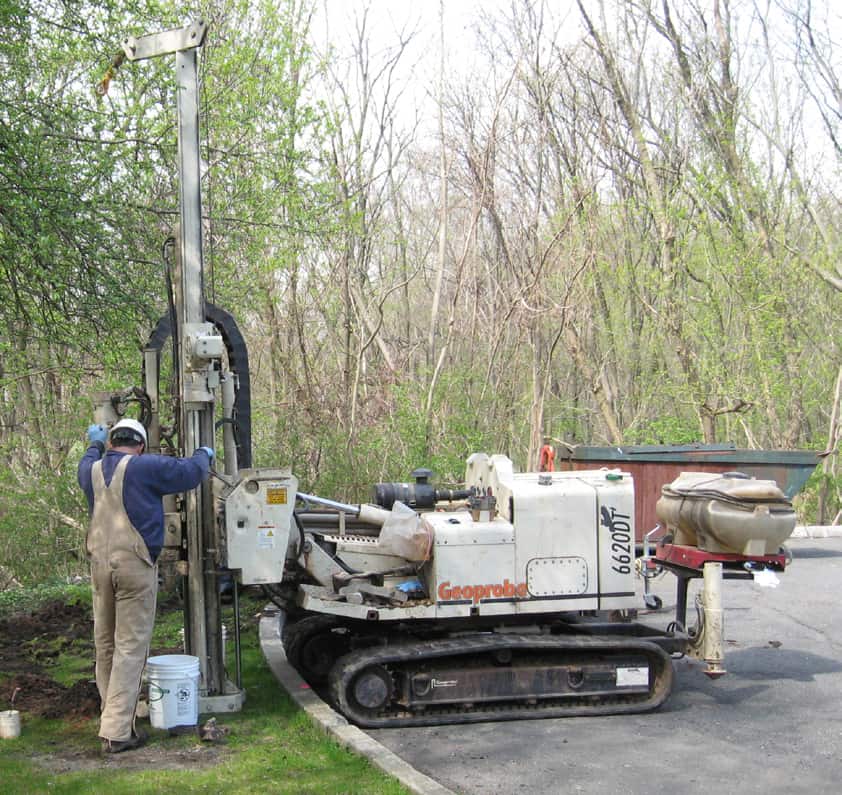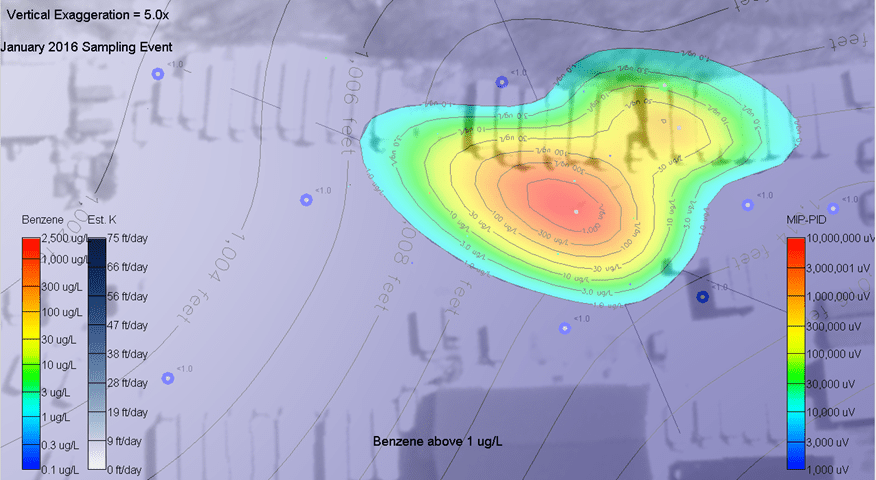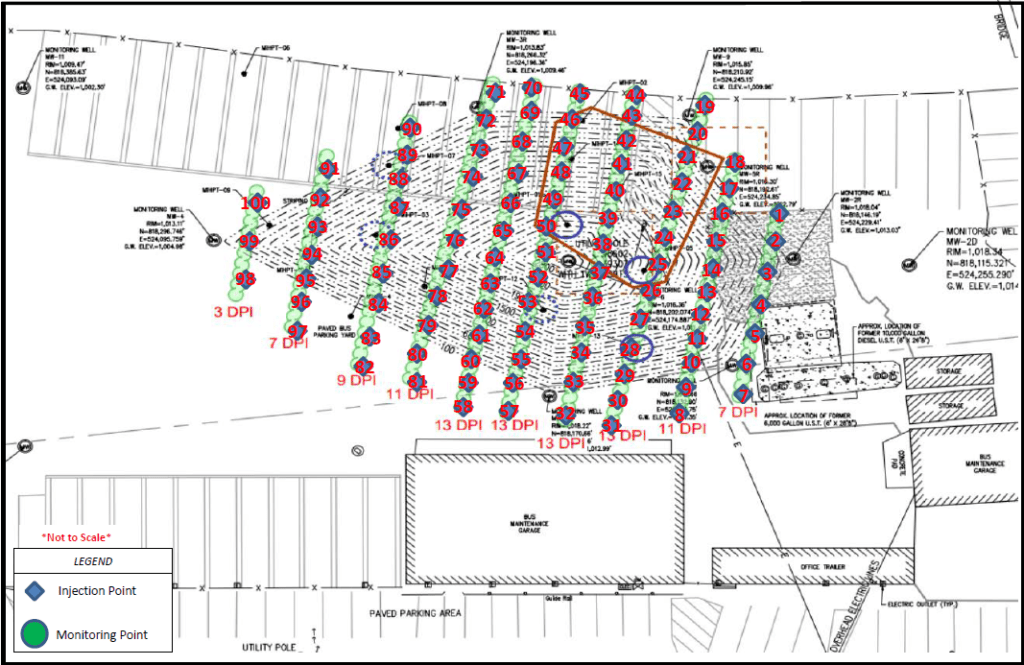A Case Study
How To Clean Up Contaminated Groundwater
An old underground storage tank is buried on your property. It’s leaking and contaminants are seeping into the soil and groundwater. You are invested in this location. Picking up and moving is not an option. What do you do?






